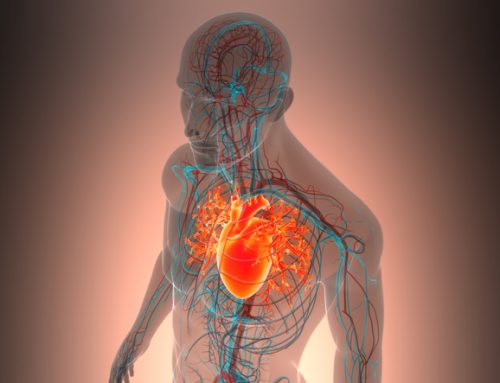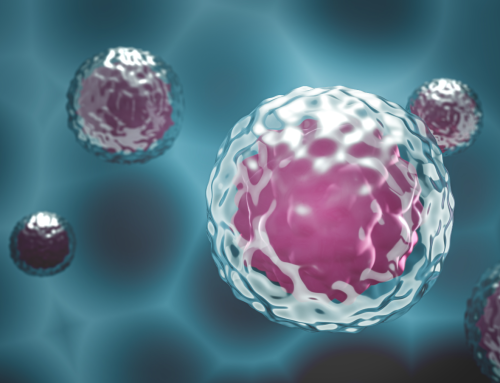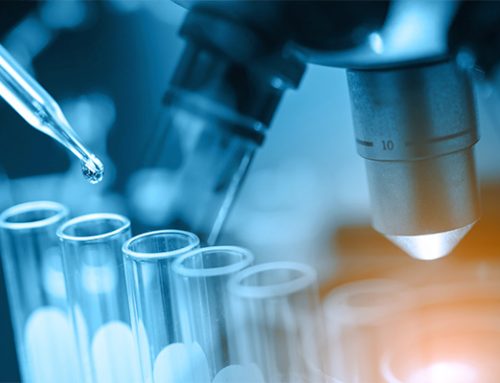Combined Coenzyme Q10 and selenium supplementation is associated with increased serum Sirtuin1 (SIRT1) concentrations. A 2023 KiSel-10 Study follow-up analysis suggests that SIRT1 is one of the biological mechanisms by which the joint intervention reduces cardiovascular disease mortality and prevents vascular aging [Opstad, Alehagen 2023].

Guest author this week is Dr. Jan Alexander, Norwegian Institute of Public Health, Oslo, who is one of the co-authors on several of the KiSel-10 Study follow-up analyses, including the current SIRT1 sub-study.
Earlier studies have indicated that the combined Coenzyme Q10 and selenium intervention is associated with the following biological mechanisms that contribute to the reduced risk of death from cardiovascular disease [Alehagen 2018]:
- improvement of heart function
- reduction of oxidative stress
- reduction of systemic inflammation
- reduction of fibrogenic activity
Now, it seems likely that SIRT1 may have a positive mediating effect on the antioxidant and anti-inflammatory activity associated with the combined CoQ10 and selenium supplementation. The KiSel-10 researchers report that the study participants who died during a ten-year follow-up period had significantly lower SIRT1 concentrations than did those individuals who survived [Opstad, Alehagen 2023].
Purpose of Coenzyme Q10 and Selenium Supplementation in the KiSel-10 Study
The elderly community-living Swedish men and women, average age: 78 years, enrolled in the KiSel-10 Study had, initially, quite low serum CoQ10 and selenium levels [Alehagen 2020]:
- Coenzyme Q10 0.82 mg/L
- Selenium 67 mcg/L
Four years of daily supplementation with 200 mg of Coenzyme Q10 and 200 mcg of an organic selenium yeast raised the serum concentrations significantly [Alehagen 2020]:
- Coenzyme Q10 2.17 mg/L
- Selenium 210 mcg/L
Selenium through the activity of several selenoproteins reduces the oxidative damage mediated by reactive oxygen species and reduces inflammation. Coenzyme is a well-known lipid-soluble antioxidant regulator of oxidative stress [Opstad, Alehagen 2023].
There exists a special interrelationship between Coenzyme Q10 and selenium that makes it advantageous to use both substances in an intervention if there are deficiencies within the population. The improved cardiac function and reduced cardiovascular disease mortality in the KiSel-10 study participants who received the active treatment attest to this advantage [Alehagen 2015].
Coenzyme Q10 and Selenium and Increased SIRT1 Concentrations
At baseline, there were no significant differences in serum SIRT1 levels between the active treatment group and the placebo group. After 48 month of the intervention, the serum SIRT1 levels increased significantly in the active treatment group and decreased significantly in the placebo group [Opstad, Alehagen 2023].
When the KiSel-10 researchers adjusted for such variables as age, sex, diabetes, hypertension, ischemic heart disease, and smoking at baseline, they found that the significantly higher SIRTI levels could still be observed at 48 months in the active treatment group compared with the placebo group [Opstad, Alehagen 2023].
- Ten years after the commencement of the KiSel-10 interventions, there were a 77 cardiovascular deaths registered: 25 (15%) in the active treatment group and 52 (32%) in the placebo group.
- Already at the study start, the SIRT1 levels were significantly higher in the group that ended up as survivors compared to the group with cardiovascular deaths.
- The researchers divided the study participants into survivors and decreased individuals during a follow-up time of 10 years. They observed that the significantly higher SIRT1 levels in the survivor group persisted.
- Next, the researchers evaluated the active treatment group and placebo group separately. In the placebo group, they found significantly lower concentrations of SIRT1 in individuals who suffered cardiovascular death than in the survivors.
- In the active treatment group, the researchers found that SIRT1 concentrations in the survivor group were higher than in the group of deceased individuals; however, the difference was not statistically significantly different. The lack of statistical difference was probably due to a highly restricted sample size in this sub-analysis.
Importance of SIRT1 in Protection of the Heart
The KiSel-10 Study researchers explain that the sirtuins are a class of nicotinamide adenine dinucleotide (NAD+)-dependent deacetylases involved in metabolism, ageing and longevity [Opstad, Alehagen 2023]. In a 2018 review, Kane and Sinclair reported that SIRT1 SIRT1, for example, protects against declines in vascular endothelial function, against ischemia-reperfusion injury, and against disorders of the heart muscle (cardiomyopathy) [Kane, Sinclair 2018].
The family of sirtuins contains seven enzymes, of which SIRT1 is the most investigated. SIRT1 exists in the cell nucleus and cytoplasm. In elderly individuals, SIRT1 expression and activity are decreased in several tissues and organs, including in the cardiovascular system. Thus, reduced concentrations of SIRT1 may well be a mediator of cardiovascular disease [Opstad, Alehagen 2023].
The researchers hypothesize that the combined supplementation may increase both NAD+ levels and the NAD+/NADH ratio in the cells and may thereby increase SIRT1 activity in cardiovascular cells, ensuing cardioprotective effects [Opstad, Alehagen 2023].
Conclusion: CoQ10 and Selenium Increase Sirtuin1 Concentrations
The four-year intervention with combined Coenzyme Q10 and selenium supplements significantly increased the serum concentration of SIRT1 [Opstad, Alehagen 2023].
The elevation of SIRT1 levels was associated with significantly reduced cardiovascular disease mortality [Opstad, Alehagen 2023].
Increased SIRT1 concentrations seem to contribute to protection against vascular ageing and atherosclerosis [Opstad, Alehagen 2023].
Sources
Alehagen U, Aaseth J. Selenium and coenzyme Q10 interrelationship in cardiovascular diseases–A clinician’s point of view. J Trace Elem Med Biol. 2015;31:157-62.
Alehagen U, Aaseth J, Alexander J, Johansson P. Still reduced cardiovascular mortality 12 years after supplementation with selenium and coenzyme Q10 for four years: A validation of previous 10-year follow-up results of a prospective randomized double-blind placebo-controlled trial in elderly. PLoS One. 2018 Apr 11;13(4):e0193120.
Alehagen U, Aaseth J, Alexander J, Johansson P. Supplemental selenium and coenzyme Q10 reduce glycation along with cardiovascular mortality in an elderly population with low selenium status. Journal of Trace Elements in Medicine and Biology. 2020;61:126541.
Kane AE, Sinclair DA. Sirtuins and NAD+ in the development and treatment of metabolic and cardiovascular diseases. Circ Res. 2018 Sep 14;123(7):868-885.
Opstad TB, Alexander J, Aaseth J, Larsson A, Seljeflot I, Alehagen U. Increased SIRT1 concentration following four years of selenium and Q10 intervention associated with reduced cardiovascular mortality at 10-year follow-up—sub-study of a previous prospective double-blind placebo-controlled randomized clinical trial. Antioxidants 2023, 12, 759.
The information presented in this review article is not intended as medical advice and should not be used as such.








Leave A Comment